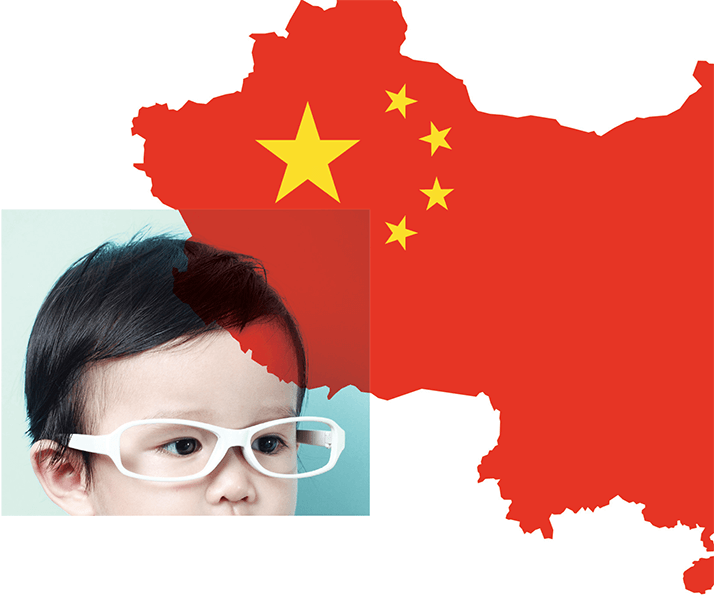
East Asia has a myopia crisis – and many environmental factors have been associated with its development: inadequate outdoor light exposure, underutilization of peripheral vision, close reading, mobile phone or tablet use, and genetic factors have also been found to play a role (1). Most myopia data in China comes from the country’s richer and middle-income areas, but there were some suggestions that the rates of myopia were far lower in poorer areas. A team of researchers decided to investigate, and see if anything could be learned about the potential treatment or prevention of myopia along the way.
They measured myopia using the same machines, protocols and personnel in two nearby areas: Gansu, the second poorest of all China‘s provinces, and Shaanxi, which has a mean income that is right in the middle for China. One of the researchers, Nathan Congdon, explains: “We measured all of the major risk factors that are generally agreed upon as being important for myopia – including time spent on ‘near focused’ activities, time outdoors, wealth, academic performance, use of blackboards versus textbooks, parental education, population density, and more. We expected that when we took account of these, we would be able to explain the differences.” Instead, the results baffled the team. Even after taking account for all of these factors, Shaanxi kids had 70 percent more myopia, a finding that they couldn’t explain – these two populations don’t have major genetic, geographic, climate or environmental differences. “We expected to find an explanation – the fact that we didn’t suggests to me that there are factors controlling myopia that we still haven’t figured out,” says Congdon. So what might these other factors be? “That is the $64,000 question! We looked at lack of healthy sleep and nutrition in other populations, and didn’t find much effect. There has been some emphasis in Chinese research on reading posture, but it’s not clear to me how that would work biologically,” explains Congdon. “What is changing as China gets richer that is leading to so much myopia?” he asks. “It’s still an open question, but one we need to answer; we need to learn what behaviors in the poorer children are keeping myopia levels low.”
References
- R Gallagher, “Myopia Dystopia”, The Ophthalmologist, 3, 16–20 (2013). http://bit.ly/myopiadystopia. Accessed March 2, 2015. Z Zhou et al., “Factors underlying different myopia prevalence between middle- and low- income provinces in China”, Ophthalmology, Epub ahead of print (2015). PMID: 25660492.
